Honeyberry/Haskap (Lonicera cerulea)
Honeyberry/Haskap (Lonicera cerulea)
Couldn't load pickup availability
Special Offers

Why We Grow It
Why We Grow It
Haskaps are one of the best and most reliable berries to add to a cold hardy food forests and agroforestry systems due to their early fruiting, ecological contributions, and minimal maintenance needs. Their dense habit makes them ideal for hedgerows or edge habitats, and their requirement for cross-pollination encourages biodiversity through companion planting. Their cold tolerance and ability to thrive in a range of soils make them a cornerstone species for temperate and boreal permaculture designs.
How the Plant Grows
How the Plant Grows
Haskaps grow as somewhat compact, deciduous shrubs with multiple basal shoots emerging annually, creating a dense, bushy appearance. In early spring, they bloom with small, tubular flowers that are vital for pollinators. By late spring to early summer, they produce elongated, blue berries. The shrubs shed their leaves in autumn, going dormant over the winter. Their hardy and adaptable nature ensures reliable growth and productivity even in challenging climates.
Plant Size
Plant Size
Size at Maturity- Shrub Layer. Grows to 3-6 feet tall and 4-6 feet wide
Current Size- 8"-12" Rooted cutting field grown 1 year old
Additional Info
Additional Info
Haskaps have a long history in northern Asia and Europe, where they have been cultivated for for their nutritious berries. In recent years, they have gained popularity in North America as a superfood due to their high levels of antioxidants, vitamins, and minerals. Their berries are versatile, used in fresh eating, jams, wines, and baked goods. In food forestry, their early spring blooms provide vital nectar for pollinators, while their dense growth habit offers habitat for birds and small mammals. Haskap berries ripen earlier than many other fruits, extending the early harvest season. Protect berries from birds with netting.
Haskaps, also known as Honeyberries, are the ultimate cold-climate berry shrub, thriving in temperate and boreal regions. These dense, compact shrubs produce sweet-tart blue berries resembling a cross between blueberries and raspberries, offering higher micronutrient content than many other fruits. With lovely blooms, lush foliage, and new basal shoots each year, Haskaps are as beautiful as they are productive. Perfect for food forests, homesteads, and permaculture systems, Haskaps provide abundant harvests and ecological benefits when paired with companion varieties for pollination.
Cultivar info: Our plants are grown from a diverse mix of three varieties to ensure good pollination. The cuttings, likely a mix of Russian and Japanese genetics, came from a nice lady unsure of the cultivars.
Haskap A: Medium bush with large berries, reportedly the first flowering variety of the 3 distinct bush types. Pair with Haskap 2 and Haskap 3 for adequate pollination
Haskap B: Short bush with lots of lateral growth, large extra sweet berries. Typically flowering the latest of the 3. Pair with Haskap 1 and Haskap 3 for adequate pollination.
Haskap C: Tall bush, small sweet berries. Longest flowering time and probably the best pollinator for the other two. Pair with Haskap 1 and Haskap 2 for adeqate pollination.
Share


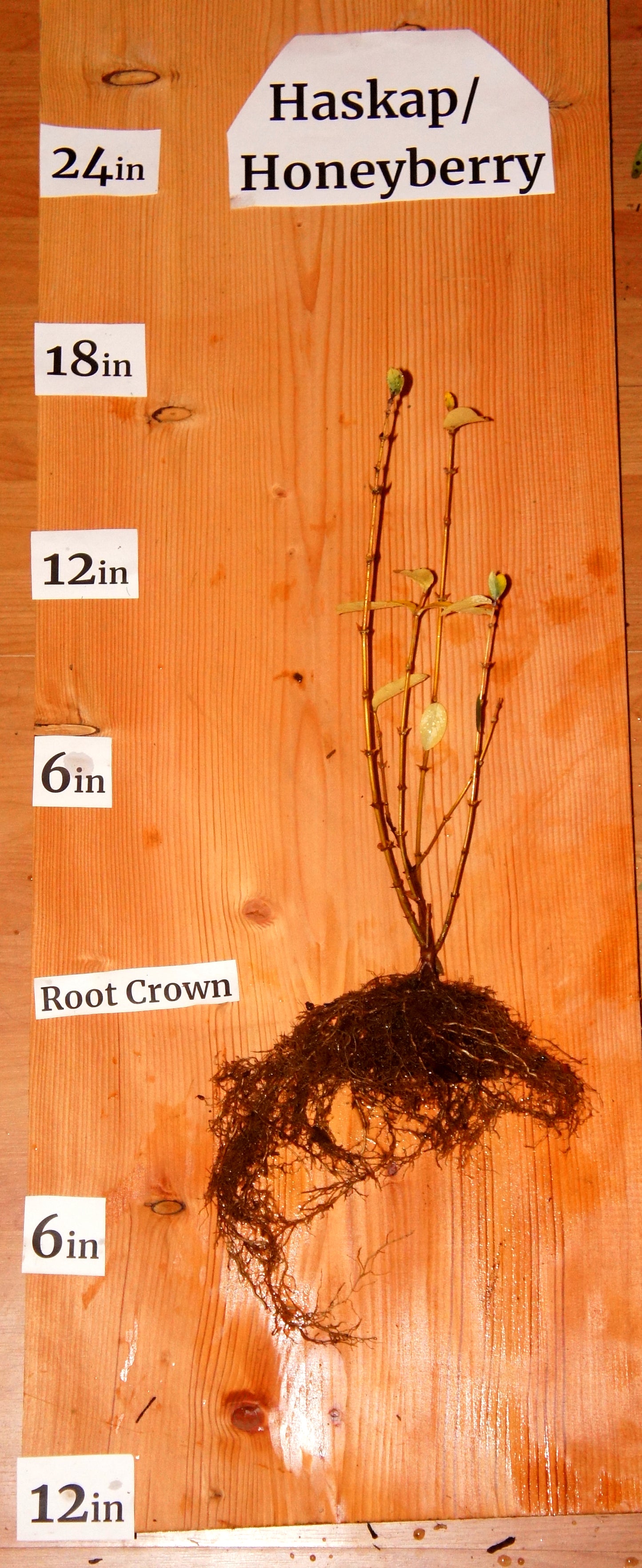
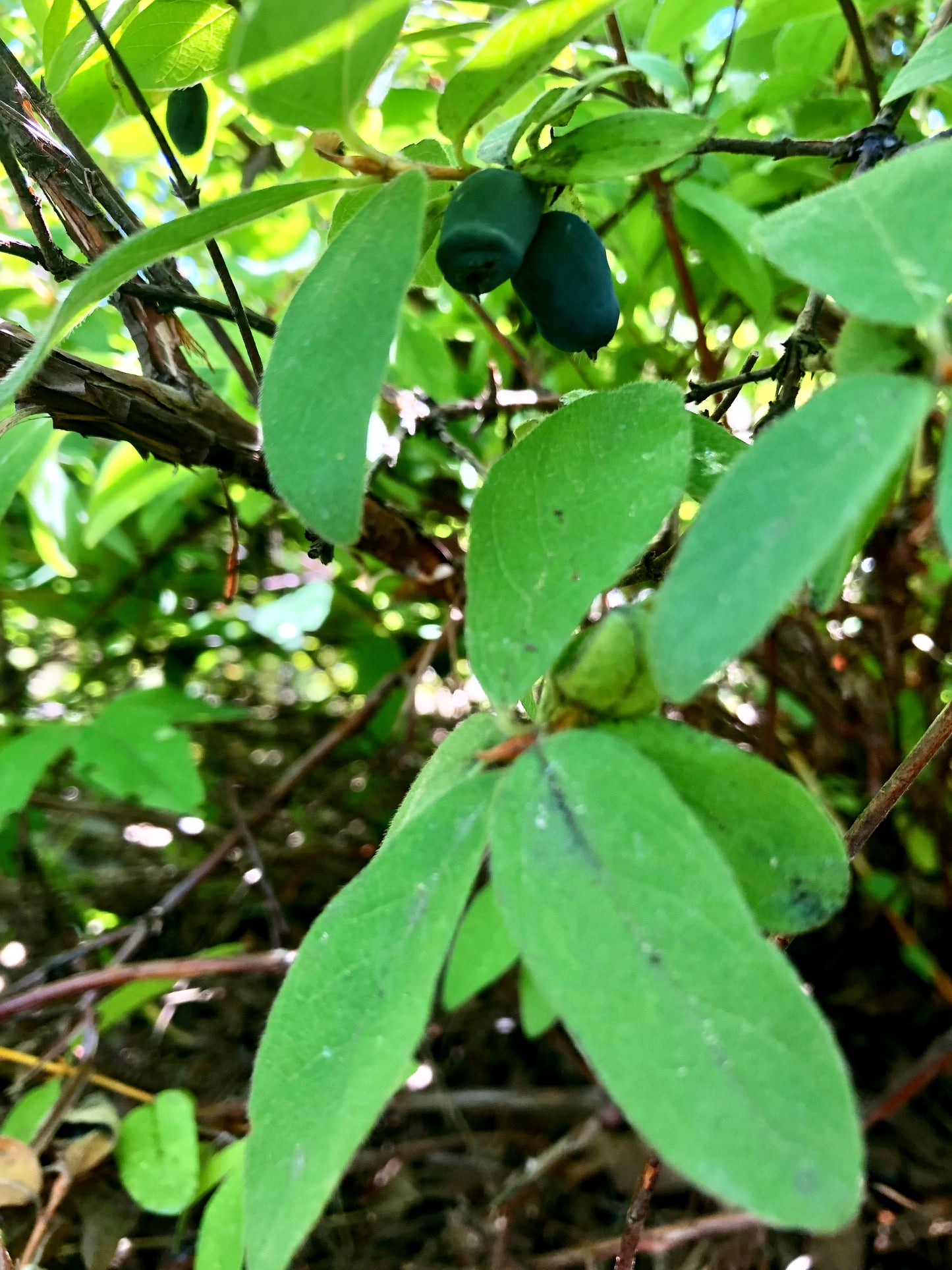
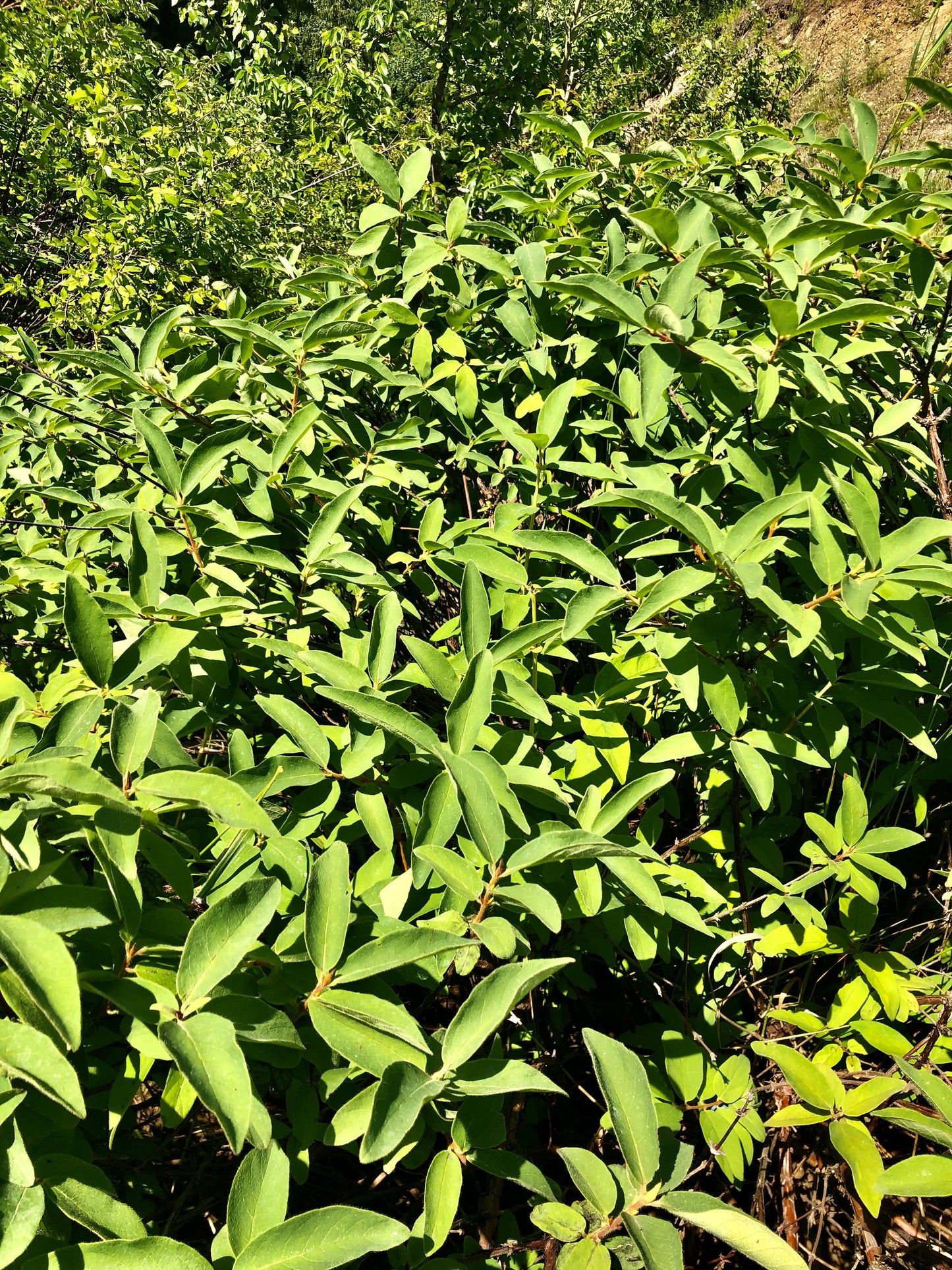
Plant Highlights
-

Water
Requires consistent moisture during establishment and fruiting seasons; drought-tolerant once established
-
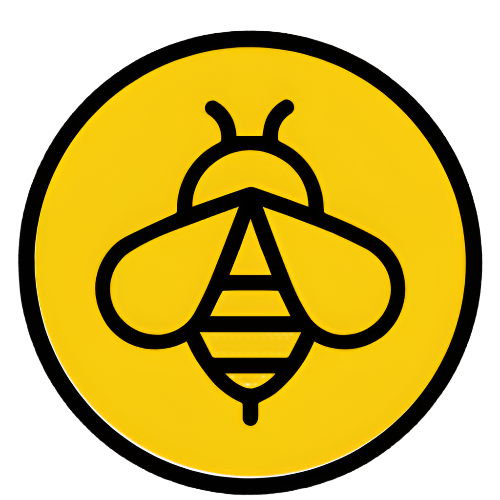
Pollination
Requires cross-pollination with a different Haskap variety for fruit production.
-
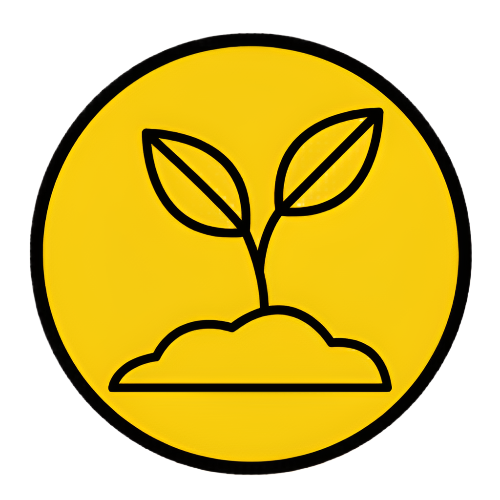
Soil
Thrives in well-drained loamy soils; tolerates slightly acidic to neutral pH (5.5-7.5). Very adaptable to most soil types.
-

Years to Bear
Begins producing fruit in 2-3 years after planting
-

Hardiness
Thrives into the edge of Zone 2, tolerating temperatures as low as -45°C
-

Solar
Prefers full sun for optimal yields but tolerates partial shade
Subscribe to our emails
Lots of Free Growing Info. Be the first to know about new plants and exclusive discounts.











